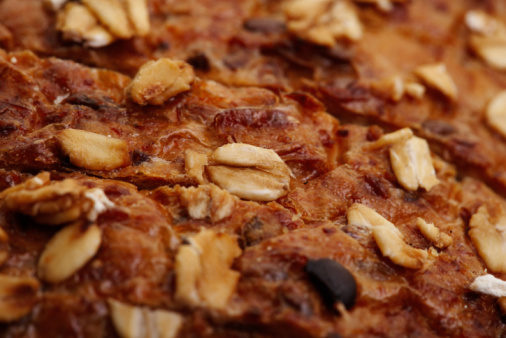Lund, Sweden— As part of Europe’s HEALTHGRAIN project, researchers from Finland and Ireland investigated several processing techniques for improving the quality, safety and nutritional profile of oat-based, gluten-free bread. Oats are usually well tolerated by those with wheat intolerances and are an important component in healthy foods because they support heart health and healthy blood sugar.
The group examined whether enzyme technology, bioprocessing and high-pressure processing could improve wheat-free oat doughs, which often have the consistency of cake batter rather than bread dough. The team uncovered certain characteristics that it believes are common among the best oat doughs: “low batter viscosity, low flour–water hydration capacity, starch content of above 65%, protein content of about 12%, low starch damage and coarse particle size,” according to a press statement.
In addition, it was found that the use of certain lactic acid bacteria as a starter culture improved loaf volume because it softened the dough. Last, oat batters treated with hydrostatic pressure had improved loaf volume and less staling, two characteristics that did present themselves with higher pressure processing.
Data from this study were presented at the HEALTHGRAIN Conference, held here, in May.
Published in WholeFoods Magazine, August 2010 (published online ahead of print, May 27)










